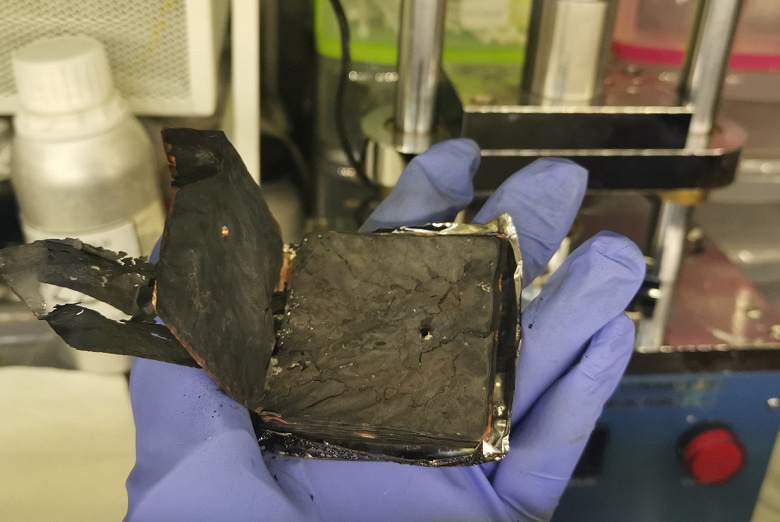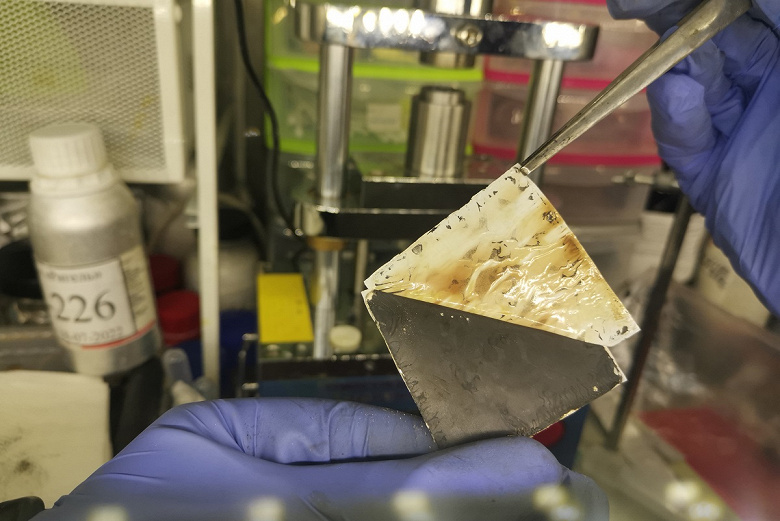The technology has already been tested on mini-batteries; they plan to use it for smartphones and even electric vehicles.
Scientists from St. Petersburg State University (SPbSU) have developed a polymer layer to protect lithium-ion batteries from explosions and fires. This polymer, deposited between layers of foil and cathode material, conducts electricity, but as soon as the voltage rises above that for which the battery is designed, the connection oxidizes and ceases to conduct current. Thanks to this, the battery of a smartphone or electric car does not overheat and is not capable of spontaneous combustion, as the creators of the development claim.
Scientists noted that in Russia there are about 10 cases of fire or explosions of smartphone batteries per month. The most common reason for this is a short circuit, which can occur, for example, as a result of external damage, when using the device in cold conditions or at high charge-discharge currents. No manufacturer guarantees that a short circuit will not occur, so the battery needs fire protection, according to Russian experts.

The compound created at St. Petersburg State University is an organic chain containing nickel atoms. Under standard conditions, the polymer conducts electric current, but when oxidized or reduced, it transforms into a different chemical state and loses this ability. In a battery with a polymer layer applied, if the voltage rises above a certain limit, the circuit will immediately open, since the substance immediately stops conducting current, the same thing happens during a short circuit.
Experts have already conducted stress tests on small, coin-sized batteries used in smartwatches. The test showed that if the voltage fell outside the range from 2.8 Volts (at these values the batteries stop discharging) to 5 Volts (the voltage of the charger for smartphones), the protection worked with 100% efficiency. In addition, the polymer layer had virtually no effect on the capacity and performance of the battery, reducing them by no more than 10%. Now scientists are negotiating with investors, their goal is to scale production and establish serial production of new safe batteries.

